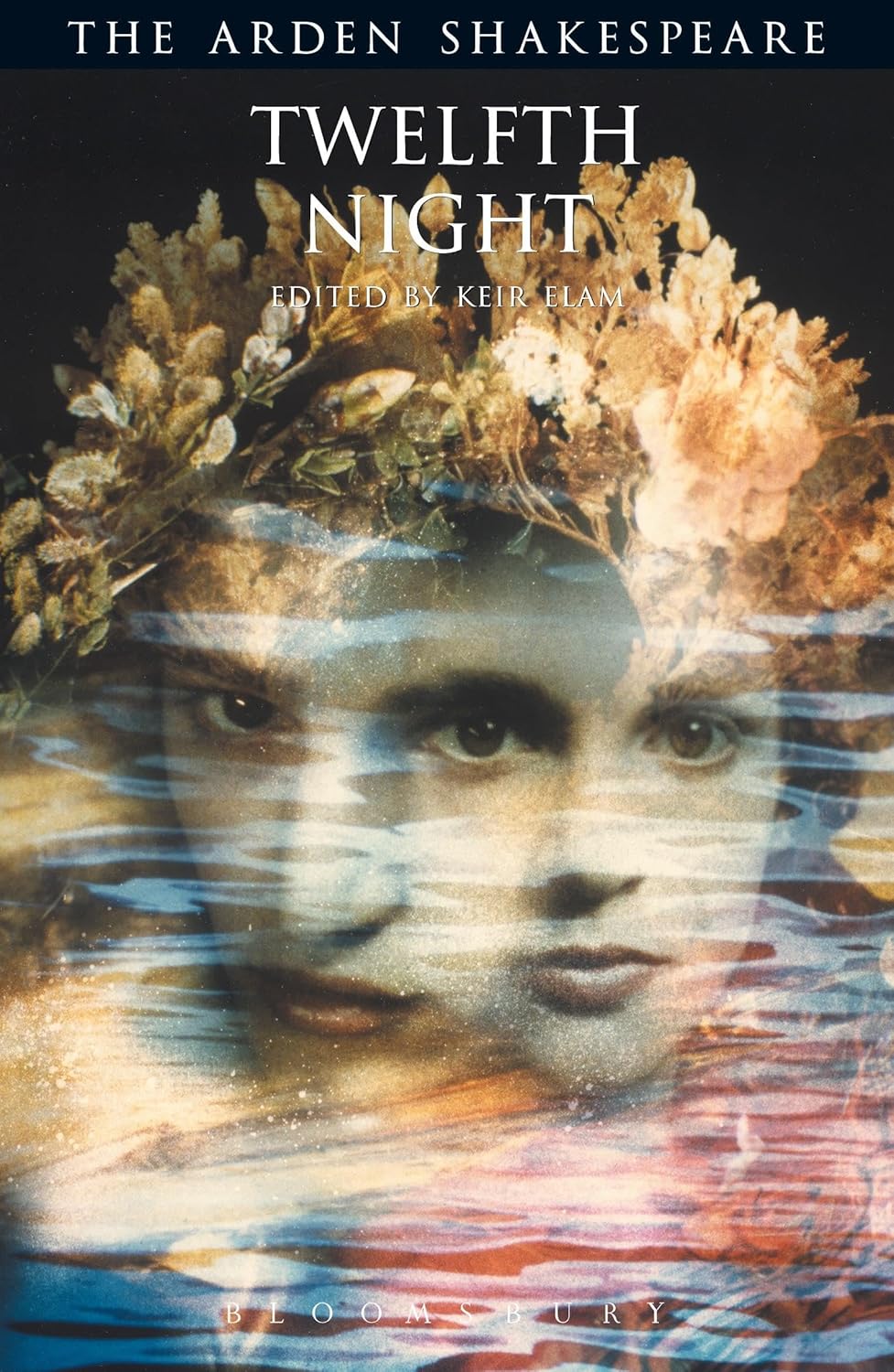When Sir Toby Belch, Sir Andrew Aguecheek, and Feste (the jester) meet up in Act II of Twelfth Night, we get this exchange:
The footnote to the Arden Shakespeare (Third Series) explains this in this way:Sir Andrew: Here comes the fool, i'faith.
Feste: How now, my hearts? Did you never see the picture of "we three"?
Sir Toby: Welcome, ass. (II.iii.14-17)
The Shakespeare Birthplace Trust has just such an image, dated from 1600-1625:. . . alludes to a painting or inn sign representing two asses or loggerheads; the caption "we three" implicated the spectator—here presumably Feste himself—as the third ass or loggerhead (i.e., fool) . . . (212)
One fool looks at another fool who, in turn, looks out on the third fool: you, the viewer! April Fool!
The audience participation part of the joke is the best part. The observer needs to be present for the "We Three" to be fulfilled.
There are a number of other related images, including these two signs from a pub in Mold, Whales:
But additionally interesting is the plethora of postcards around the year 1900 that have combined this Shakespeare-era joke with a Shakespeare quote. They're most often (as in the image that heads this post) an image of two donkeys with the caption "When shall we three meet again?"
Yes, as I said, a plethora. At least one plethora. Perhaps even a multitude of plethora. Again, I like the audience participation aspect of this. The card with two donkeys and the query "When shall we three meet again?" is sent to a person who is absent. At first glance, it seems like the message being conveyed is on the order of "Wish you were here," but the two donkeys turn it into a clever insult—the recipient is the third ass of three.
And remember, if you ever look at an image like this, it means that someone is calling you a donkey: you become the third ass of three. This April Fools' Day, don't let anyone fool you with a similar joke.
Oh, wait—I just did. A plethora of times. April Fool!












No comments:
Post a Comment